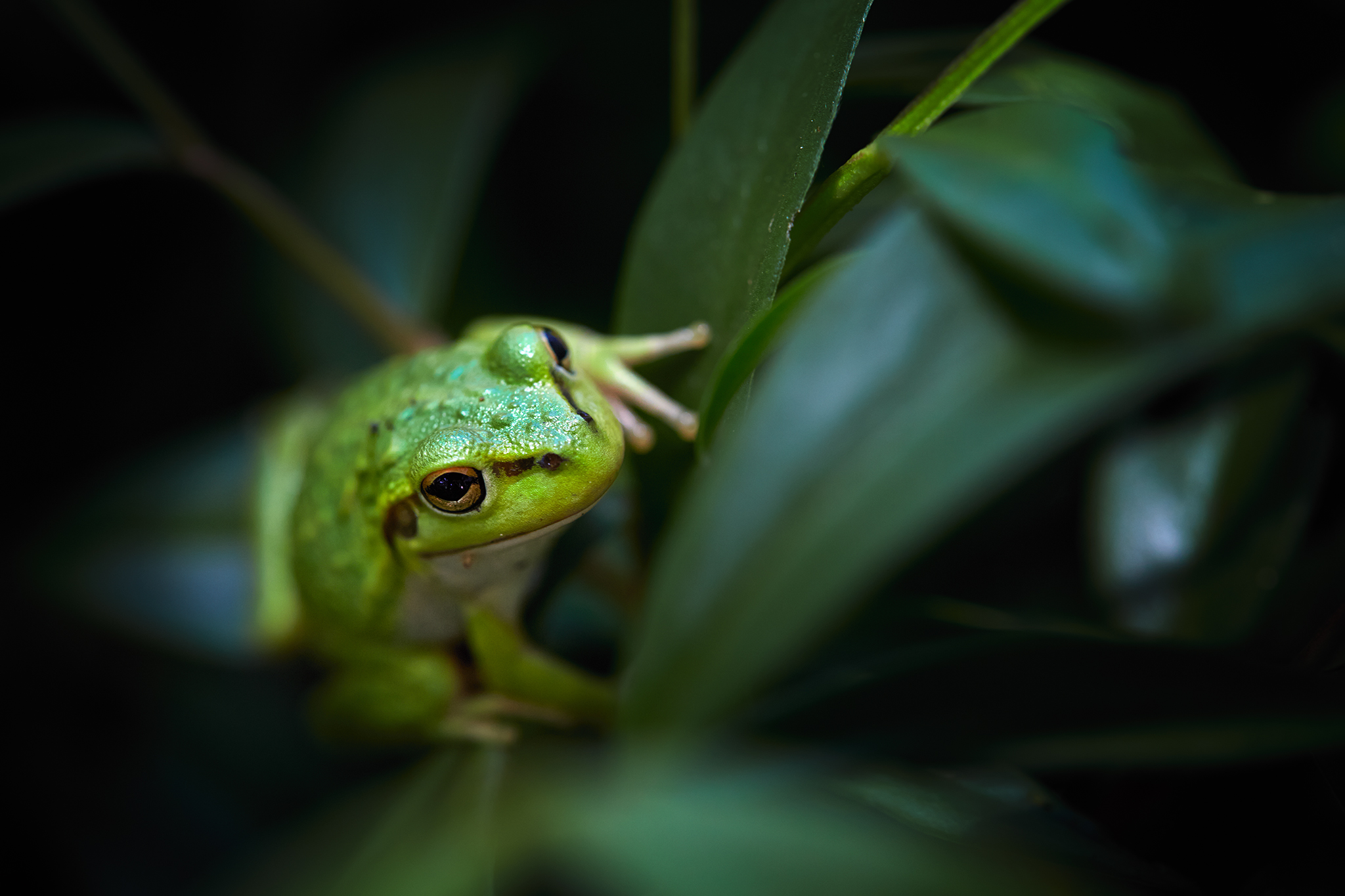I have had to retire my DIY panning setup as a) it can't hold up the 5DmkII with grip, lenses & etc b) the sharp edges keep taking chunks out of my head as I carry my tripod around on location. I opted for the RRS (Really Right Stuff) single row pano package:
http://reallyrightstuff.com/ProductDesc.aspx?code=Pano-Elem-Pkg&type=3&eq=&desc=Pano-Elements-Package%3a-For-single-row&key=it

The package incorporates the PCL-1 Panning Clamp and the MPR-CL II Nodal Slide. To mount the 5DmkII body (with grip), I also purchased the matching L-bracket: http://reallyrightstuff.com/ProductDesc.aspx?code=BGE6-L&type=0&eq=&desc=BGE6-L%3a-L-plate-for-Canon-BG-E6-grip&key=it

Delivery was amazing; about 4 days to country victoria, Australia.
Here is the camera setup on my tripod in the process of setting the nodal slide distances.
[caption id="attachment_178" align="alignnone" width="300" caption="Canon 5dmkII with 24-70mm L f/2.8 on RRS pano slide"] [/caption]
[/caption]
I placed two light stands in front of the lens, one at the Hyper Focal Distance for each selected focal length and one about 5 meters away. I have only done the setup at f/11 for each lens, given that is a pretty common f-stop for my landscape work. I generally have the focus set on the HFD win doing landscapes, so the test setup should be reasonably realistic. The Live View was turned on and I found it quite easy to get very close the correct settings using the x10 magnification and the preview button next to the lens. Once I was close, I took a number of shots with the light stands lined up in the dead centre of the frame and almost at both edges. Once I had alignment on all three, the value was recorded and repeated for both lenses and the various marked focal lengths.
The RRS slide has a side scale that starts at 1 and goes to 18 cm. The example below, I have called 6mm.

Here are my results:
Canon 16-35mm f/2.8 L II on Canon 5DmkII body
| 16-35mm f/2.8 L II @ f/11 focused at HFD |
|
| Focal Length |
RRS Slide position |
| 16mm |
36.5mm |
| 20mm |
41.0mm |
| 24mm |
41.5mm |
| 28mm |
41.5mm |
| 35mm |
38.5mm |
Canon 24-70mm f/2.8 L on Canon 5DmkII body
| 24-70mm f/2.8 L @ f/11 focused at HFD |
|
| f/11 focused at HFD |
|
| Focal Length |
RRS Slide position |
| 24mm |
5mm |
| 28mm |
15.0mm |
| 35mm |
19.5mm |
| 50mm |
32.0mm |
| 70mm |
48.5mm |
Now off to take some panos....



